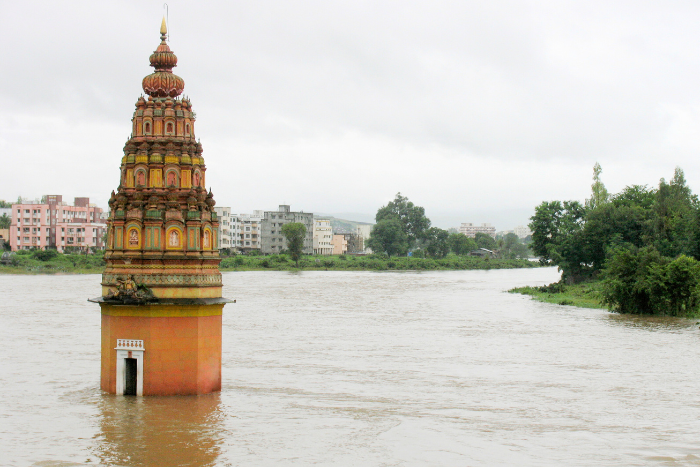The Indian monsoon arrived on the coast of Kerala on June 8, more than a week later than normal and the southern part of the country received its lowest June rainfall in 122 years—88.6 mm—which was 45% less than the normal between 1971 and 2020. However, the monsoon has made quick progress and has now covered the entire country. While rainfall was 10% below average during June, in July it could be 100 to 106% of the long-period average. The IMD has forecast an average amount of rainfall for the entire four-month season, despite the formation of an El Nino weather pattern. Normal to above normal rainfall in most parts of central India and adjoining south peninsular and east India and some areas of northeast and northwest India is expected. Despite the promise of an abundant monsoon season, the progress so far has been a cause of concern as it has been marked by a litany of extreme weather events, including heatwaves, extremely severe cyclone Biparjoy, floods in Northeast India, flash floods and landslides in Himachal Pradesh and Uttarakhand, and torrential rains in Delhi.
Earth records hottest day third time in a week, worst yet to come
On July 3, the world’s average temperature climbed to its highest level since records began in 1979. According to data by US researchers, the global average air temperature was the highest ever recorded at 17.01°C based on various datasets they analysed. However, the record lasted only for a day as it was broken again on July 4 (17.18°C) and July 6 (17.23°C), deepening fears about the far-reaching effects taking place in Earth’s system because of the climate emergency. Scientists believe this is driven by the combination of El Niño and global warming, and the world may see even warmer days over the next few months.
Climate change indicators: Orchids are blooming earlier than usual in northeast India
The blooming cycle of the foxtail orchid in Assam is traditionally associated with the Assamese new year in April, signifying the arrival of spring. But changing climatic conditions have resulted in premature flowering and wilting of the orchid species in March itself. Identified as one of the most climate change-vulnerable regions in the Indian Himalayan region, higher temperatures and lesser rainfall have already impacted Assam’s water resources, agriculture, forests, and unique biodiversity, including its rich orchid population of 411 recorded species, raising concerns about its survival and potential loss.
About The Author
You may also like
Can Private Players Reinvent India’s Forecasting Future?
Polar Geoengineering Projects Unlikely to Stop Melting, May Harm Ecosystem: Report
Inside India’s Struggle to Build a Reliable Early Warning System
Parked Vehicles Significantly Intensify Urban Warming: Report
Quarter of Pledged Emission Cuts at Risk Due to Lack of land-use finance: Report

